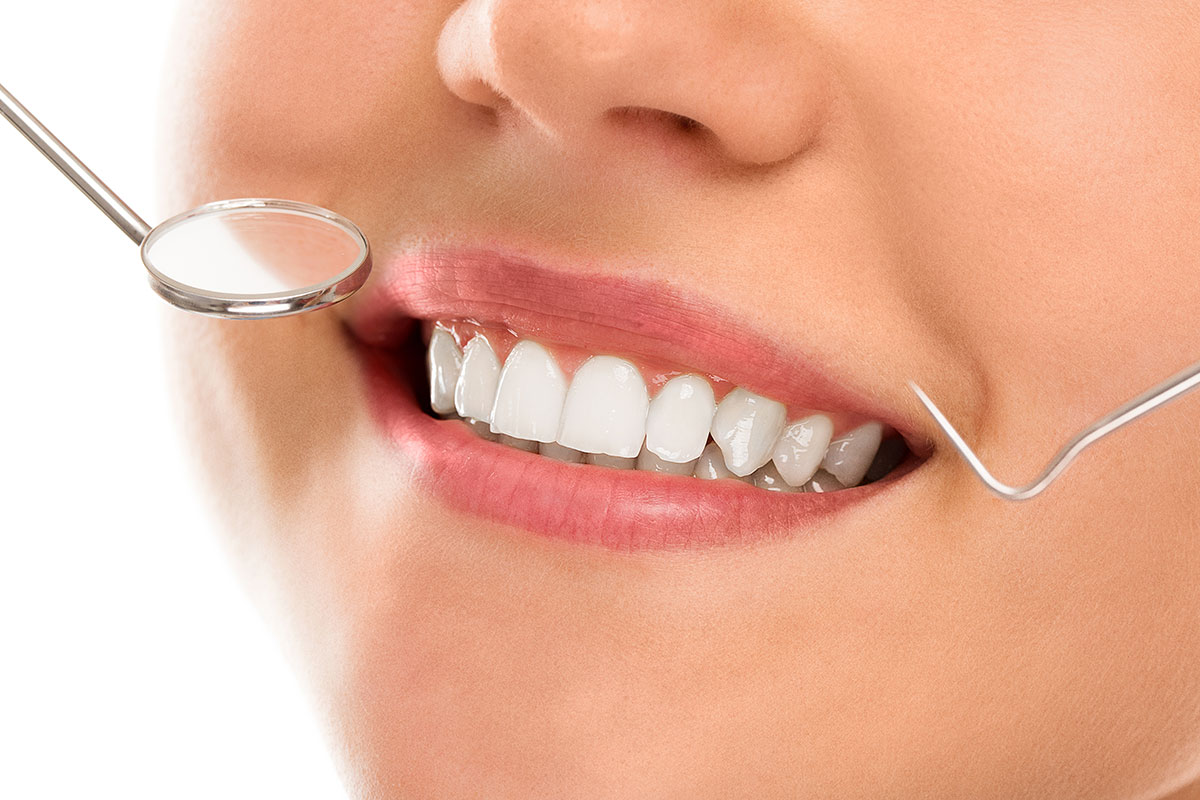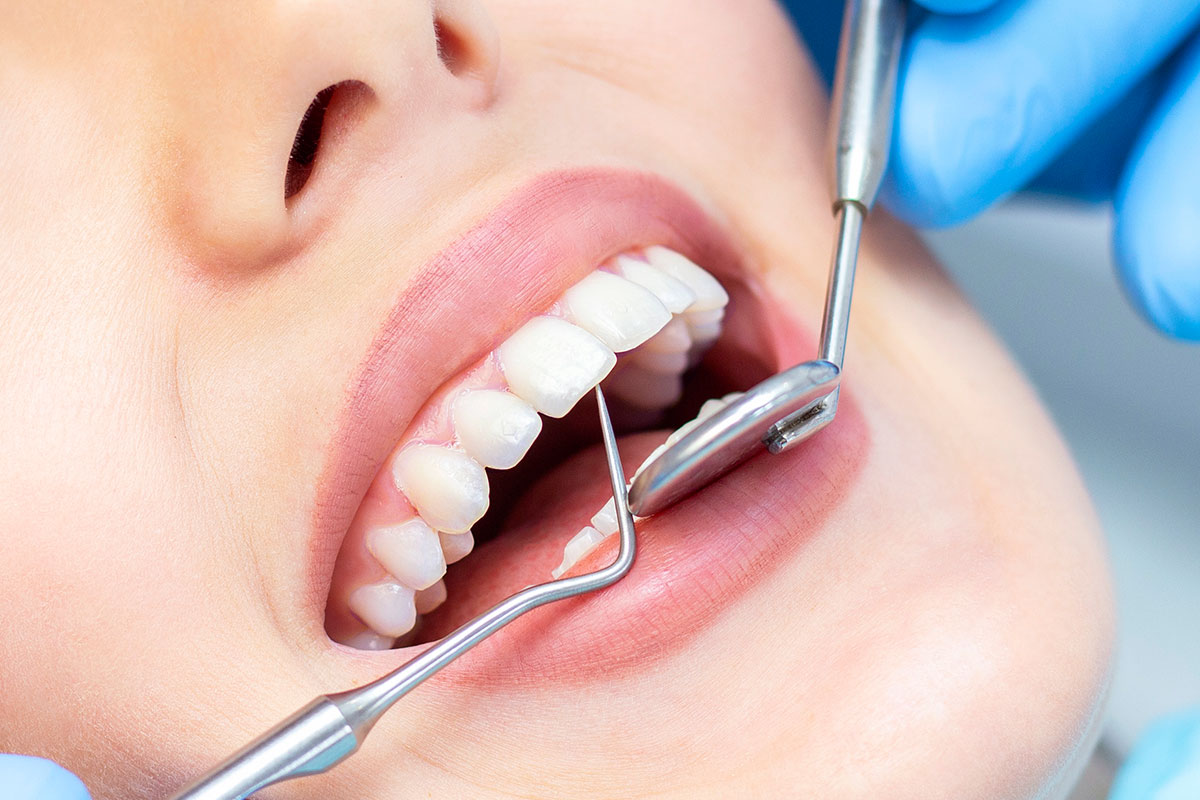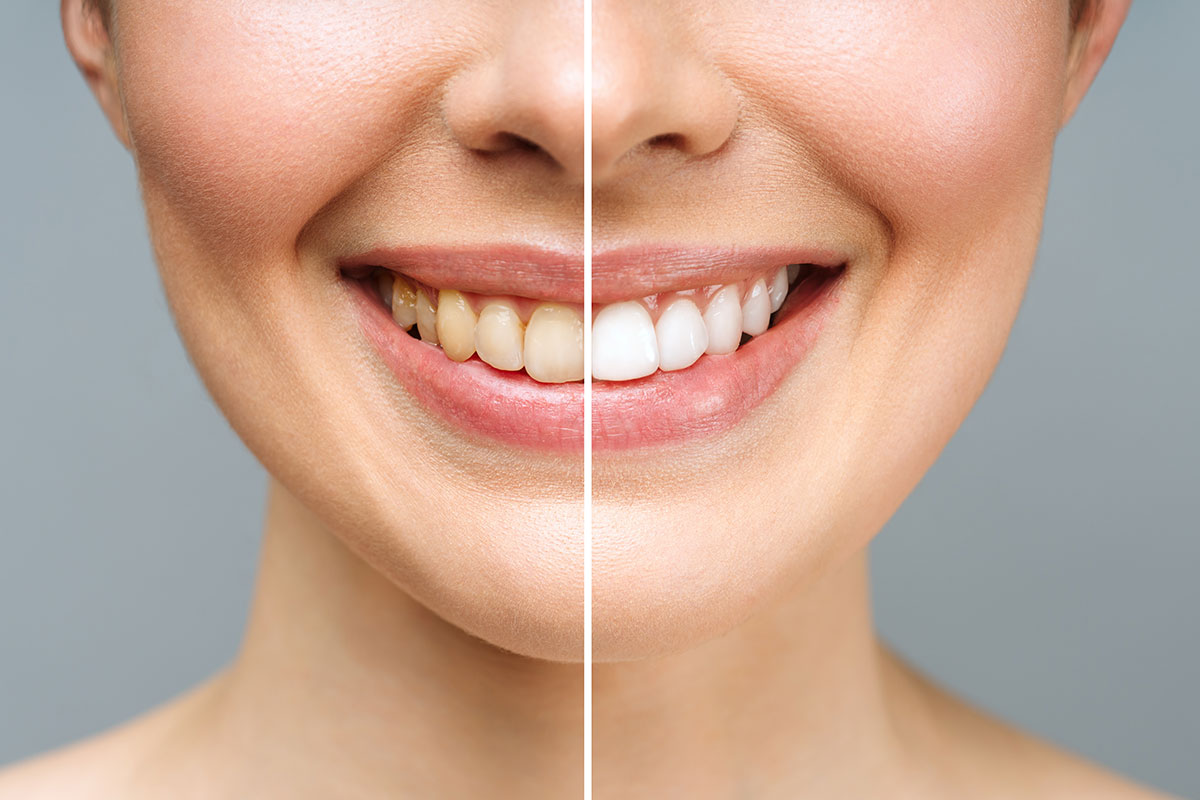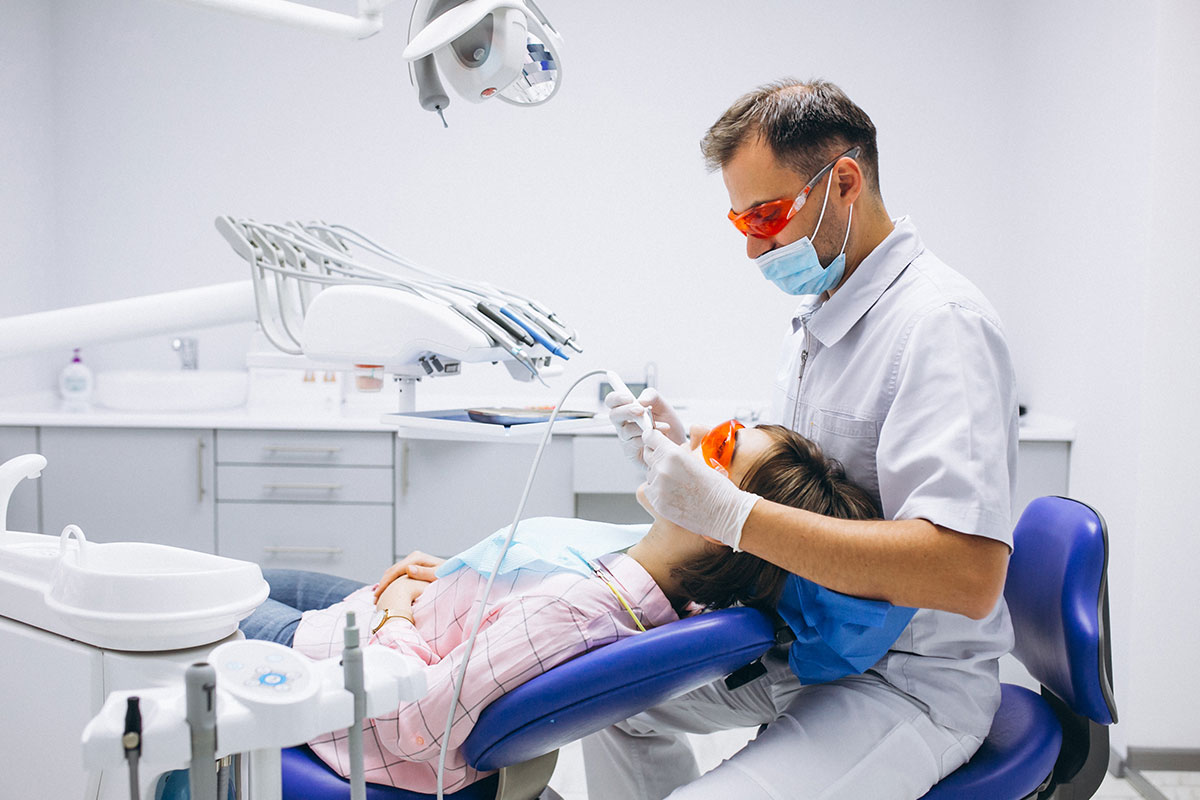DentalEsthetic
Root Canal Treatment
Dental Anatomy
In order to understand the operation of root canal treatment, we first need to briefly understand the anatomy of the tooth. The ‘crown’ to the visible part of the tooth in the upper part of the gum; The part that is not visible in the mouth and remains in the bone is called the ‘root’. A tooth, like our bones, consists of several layers.
The outermost layer;
The part seen above the gingival border is called ‘enamel’. Enamel is the hardest and most mineralized substance in our body. Below the gingival border, the substance called ‘cement’ covers the root surface. Under the enamel and cement layers, there is a structure called ‘dentin’. Although dentin is almost as hard as bone, unlike enamel, it is a structure that contains nerve endings.
A substructure of dentin is called ‘pulp’.
The pulp consists of small and large blood vessels, connective tissue, nerve fibers, and various cells. During the growth and development of a tooth, the task of the pulp is to nourish it. When a tooth is fully developed, the only function of the pulp is; is to inform that it is damaged or infected (inflamed) by transmitting pain.
Sometimes the pulp can become inflamed. In this case, the pulp must be removed with root canal treatment. Root canal treatment is the only way to keep such a tooth in the mouth. A fully developed tooth can successfully continue its function without a pulp.
How does the pulp become infected?
The most common way for the pulp to become infected, that is, to be damaged by inflammation, is untreated bruises. There is some bacteria in the mouth of every person and they do not cause any harm under normal conditions. However, as we explained in our oral hygiene section, some bacteria produce acid by metabolizing (ie breaking down) foods or beverages containing carbohydrates (sugar). These acids also damage enamel and dentin.
When caries formed in this way are left untreated, the bacteria progress to the pulp (nerve) tissue under the dentin, causing it to be exposed and inflamed. The pulp can also become infected as a result of trauma to the tooth.
As a result of a severe blow to the tooth, the blood circulation transmitted to the tooth through the jawbone can be interrupted, and thus the pulp tissue loses its vitality over time. There is an interesting point; In case of a tooth fracture at enamel or dentin level, the need for root canal treatment may decrease. Because by accelerating the blood flow towards the broken tooth, it can act as an absorber to the trauma.
Another way that the pulp can become infected is the presence of long-term periodontal (gum and surrounding) disease around the tooth. Bacteria reach the pulp of the tooth through the tiny lateral canals opened to the root surface through the inflamed gingiva and cause the inflammation we call ‘retrograde infection’.
* Regardless of the way the tooth is infected, the pulp tissue eventually loses its vitality and over time, it can lead to a painful abscess in the jawbone area surrounding the tooth.
How can you tell if a tooth is infected?
If there is a long-term sensitivity to cold and hot foods and drinks in the tooth, if there is pain with biting, an infection can be mentioned.
At the same time, a serious change in the color of the tooth without any pain or swelling in the surrounding gingival tissues is a sign of dental infection.
In some cases, the findings obtained as a result of dental and radiographic examinations without any such symptoms may reveal that the tooth needs root-canal treatment.
To what extent is the use of antibiotics necessary in the infection of a tooth?
When a tooth is inflamed, either root canal treatment or, in cases of very advanced destruction, extraction of that tooth may be considered. With the death of the pulp, the entire structure of the tooth creates an ideal environment for bacteria.
If necessary, your doctor may give you antibiotics to strengthen the body’s defense system and fight infection. Under normal conditions, there is no need for antibiotics during root canal treatment.
Root canal treatment includes the following stages:
1. Local anesthesia: numbing the teeth and surrounding tissues.
2. Opening the root canals by cleaning the caries, if any.
3. Determination of the length of the canal by taking radiography (x-ray).
4. Cleaning the contents (pulp tissue) of the root canals by removing them.
5. Shaping root canals using various hand tools and rotary instruments.
6. Disinfection of root canals: purification from microorganisms.
7. Filling of root canals.
*The purpose of filling root canals is to form a barrier against microorganisms and tissue liquids by hermetically filling the canal space originally filled by the pulp. Thus, although the tooth is lifeless, it can successfully survive in the mouth.
Success of root canal treatment:
The success rate of correctly performed root canal treatments is between 90-95%. If pulp tissue remains in the roots during the treatment (it may be the result of not treating an existing or missed canal), it can be caused by the leakage of microorganisms into the canal in cases where the root canal filling is not done well, the damage of the tooth due to perforation (perforation) during the procedure, or the formation of fractures in the inter-root area. Root canal treatment may fail. In most cases, pain when biting occurs after an unsuccessful root canal treatment.
What to do in case of failure of root canal treatment?
Mostly, the root canal treatment is renewed and the solution is reached by correcting the error, if any. The old canal filling is removed, the canal of the tooth is reshaped, cleaned and refilled.
If there is no result with this procedure, surgical intervention called ‘root tip resection’ is applied. During this process, the root of the tooth is reached; this area and its surroundings are surgically cleaned and closed. If a solution cannot be reached with surgical intervention; extraction of that tooth may be considered appropriate.
Our Treatments
Ask the Dentist
+90 (0216) 360 34 11
We Call You
Fill in the form below and our specialist doctors will call you and inform you.





